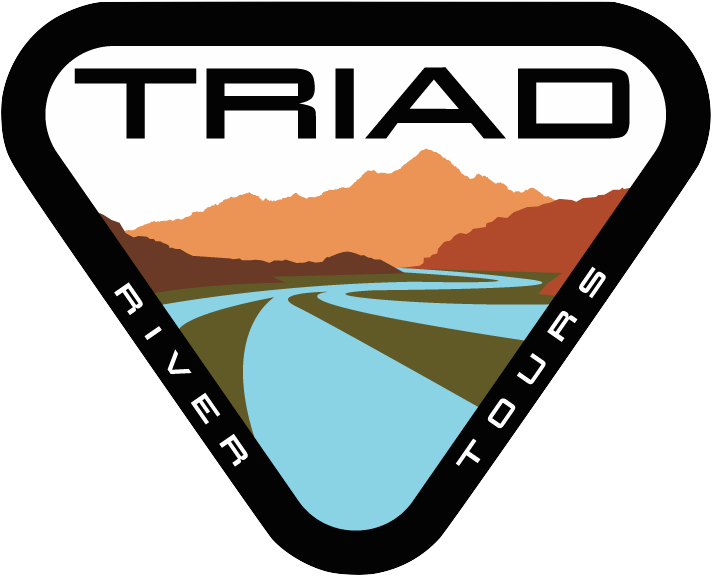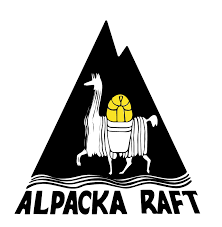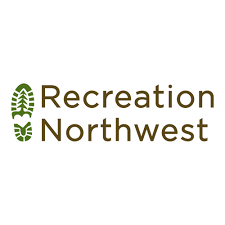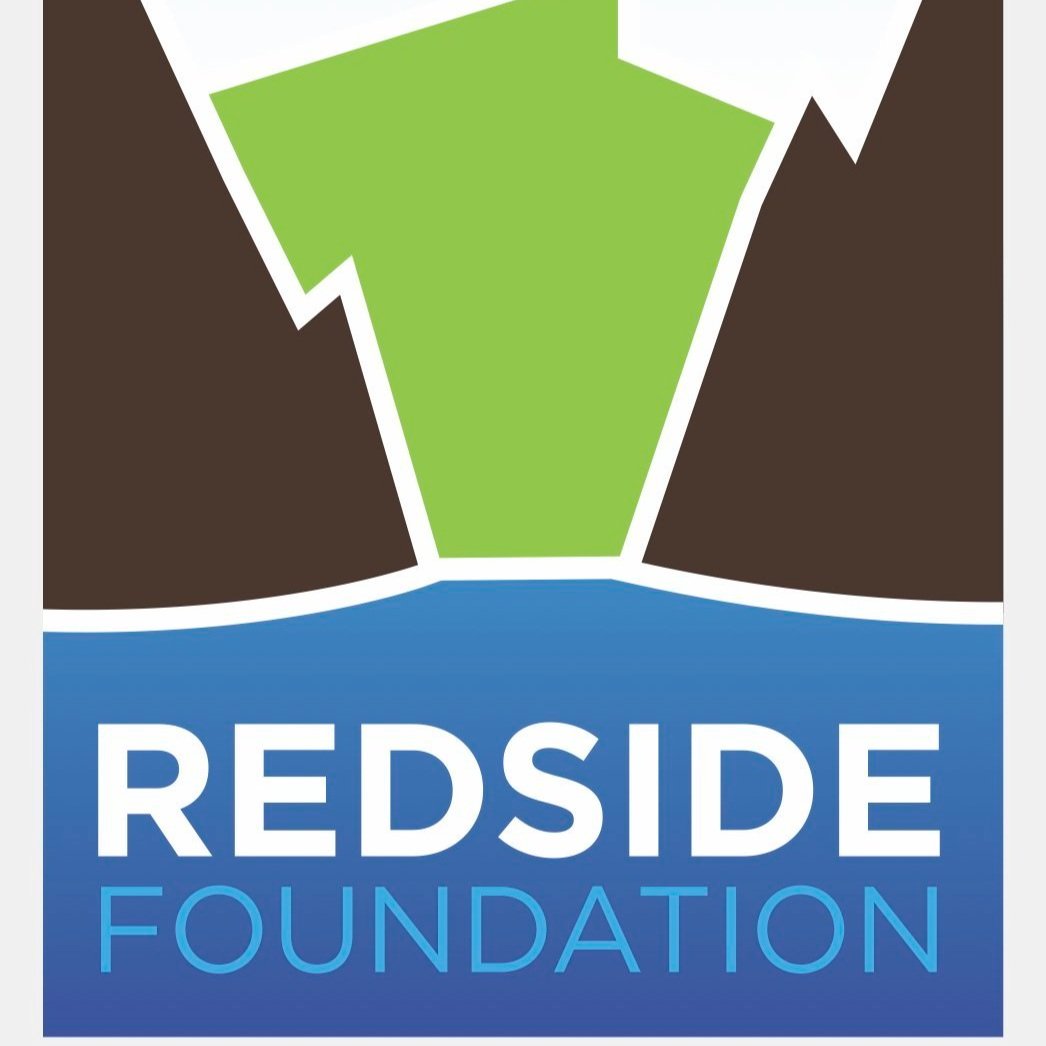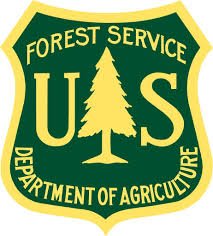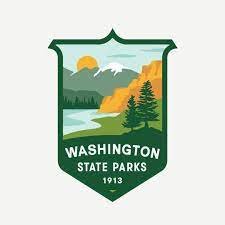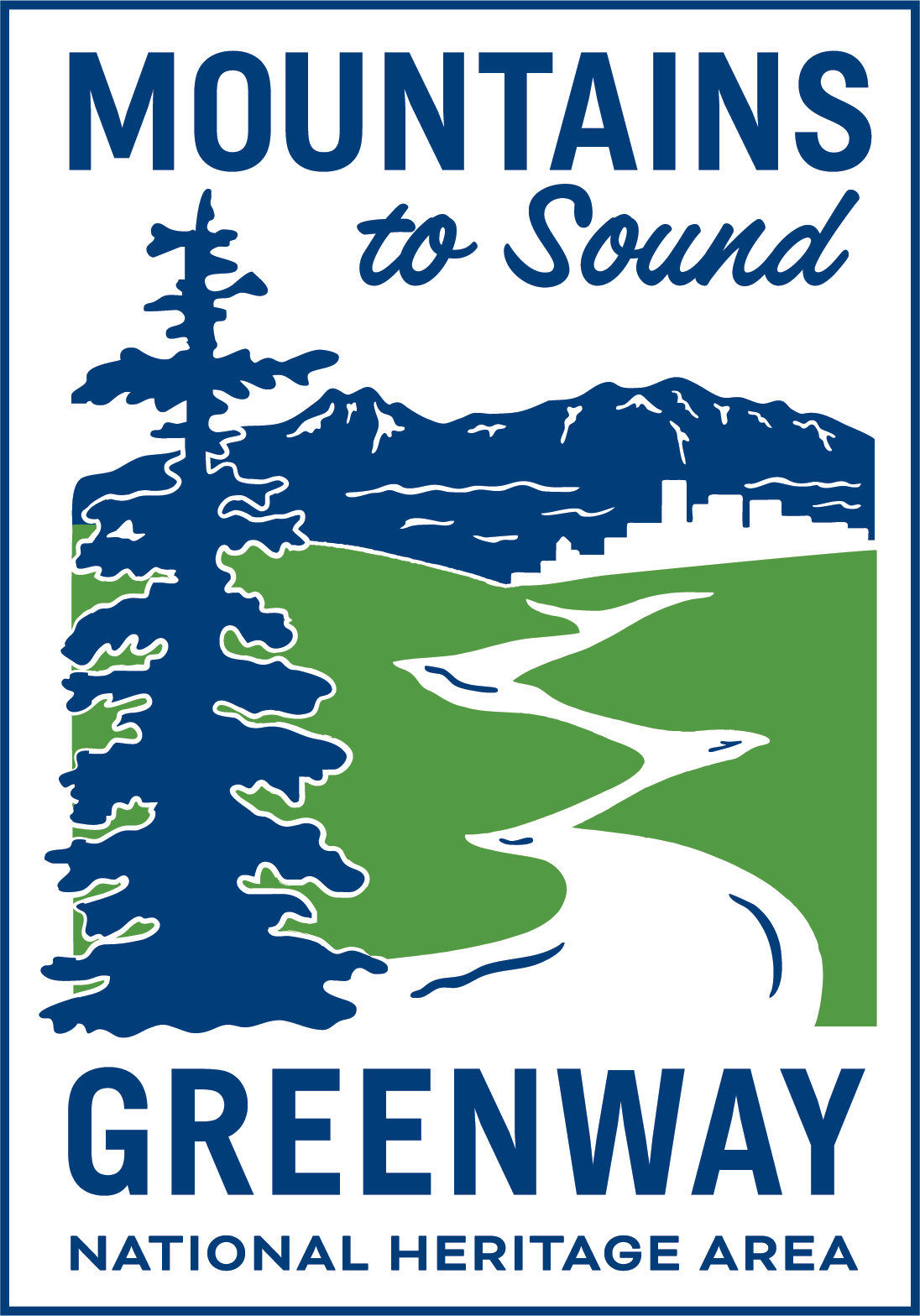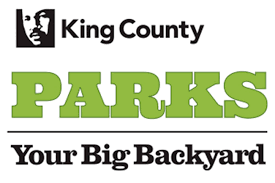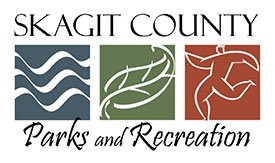The rafting industry flourishes and fades with the seasonal flow of the rivers, from the high water of spring to the rocky late-summer lows; and the flow of the rivers, in turn, depends on mountain snowpack.
The Pacific northwest had a great snow year this winter, with snowpacks across Washington state averaging almost 20% above normal. The spring melt came on time and not too hot, leaving plenty of snow in the mountains to melt out later in the year and boost summer river flows. This was a great change from last year, when snowpack levels across the northwest were far below normal or even completely melted out by May. A lot of this early snowpack loss was due to an unusually warm April, which melted most or all of the accumulated winter snowpack in many areas months ahead of the usual melt season. This depleted snowpack led to low river levels even early in the summer and a much shorter rafting season on most whitewater rivers.
In years with low snow or an early melt, streamflow is lower and fades earlier in the season. Many of the most popular whitewater rivers can’t be run at all at low flows, and those that can be run in a dry year become crowded as every rafting company moves their trips to the runnable rivers. This results in less business for every company, since they can’t run as many trips, and that in turn trickles down to individual guides working fewer trips.
High water years have their downsides too, although they are much preferred. While many kayakers and rafters enjoy the larger, more continuous rapids of high water, for commercial companies the increased streamflow means increased hazards on the river. Apart from the obvious concern—larger, more boisterous rapids—high water brings an increased risk of “strainers”, or trees and other downed wood, in the river.
After last year’s unusually dry season, the Pacific northwest whitewater community—commercial and recreational alike—is ecstatic at this year’s high snowpack levels. With plenty of snow to keep the rivers running even through the late-summer heat, this year’s mountain snowpack is a relief to rafters and kayakers all across the state.
Sources: USDA, “Western Snowpack and Water Supply Conditions May 2016”; Washington SNOWTEL Snow/Precipitation Update Report, 5 August 2017, NRCS
